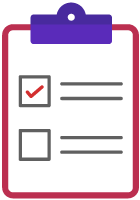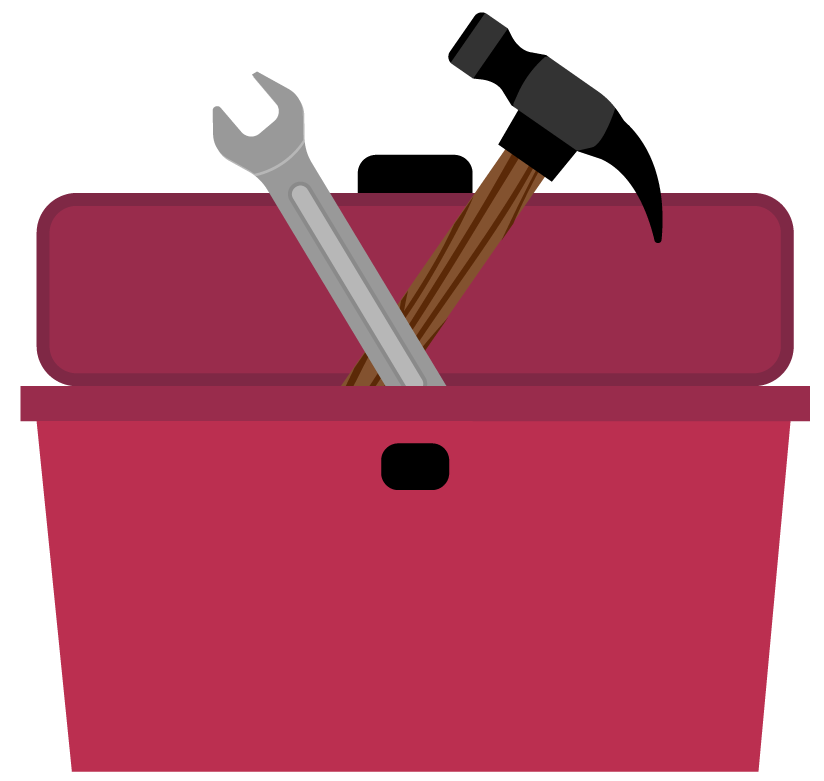Home > Sampling > Food Sampling
Food Sampling


Target Objectives
- Determine if the investigation warrants food sampling
- Determine what food samples to collect
- Utilize best practices for collection and transport of food samples
- Identify special considerations for food sample collection

Strategic Check
During collection
- Selectively choose what food samples to collect based on relevance to the outbreak
- Avoid contamination of food samples by using sterile equipment
- Ensure that you have collected an adequate quantity or volume of the sample
- Properly label the sample, which may include food specific identifiers:
- Brand
- Lot number
- Expiration dates
- Condition (opened, unopened)
- Photo of the label
- Collection date/time
- Establishment or specific event name
After collection
- Maintain samples at their proper temperature (i.e. frozen foods should remain frozen)
- Submit samples as soon as possible to the lab for testing
- Consult with the appropriate laboratory to expect incoming food samples
- Complete the chain of custody form

Tips
- If the outbreak is associated with a specific event, try to collect leftovers from the establishment or from attendees who may have taken food home
- If the implicated food is packaged, the best sampling scenario is to collect both an opened and unopened package
- If the exact foods from the time of the outbreak are not available, it may be valuable to collect the same food prepared at a different time. Be sure to ask what is different about this process compared to the suspected process, noting differences in who prepared the food and the source of the food.
- If warranted and resources are available, you may offer duplicate samples to the establishment's owner/manager, if they want to test samples at a third-party in addition to the public health lab

Toolkit
Food Specimen Tracking Form (DOC)
(click on the form below to download it)
